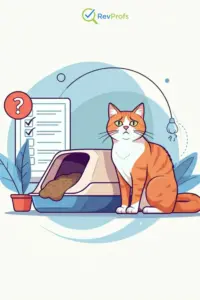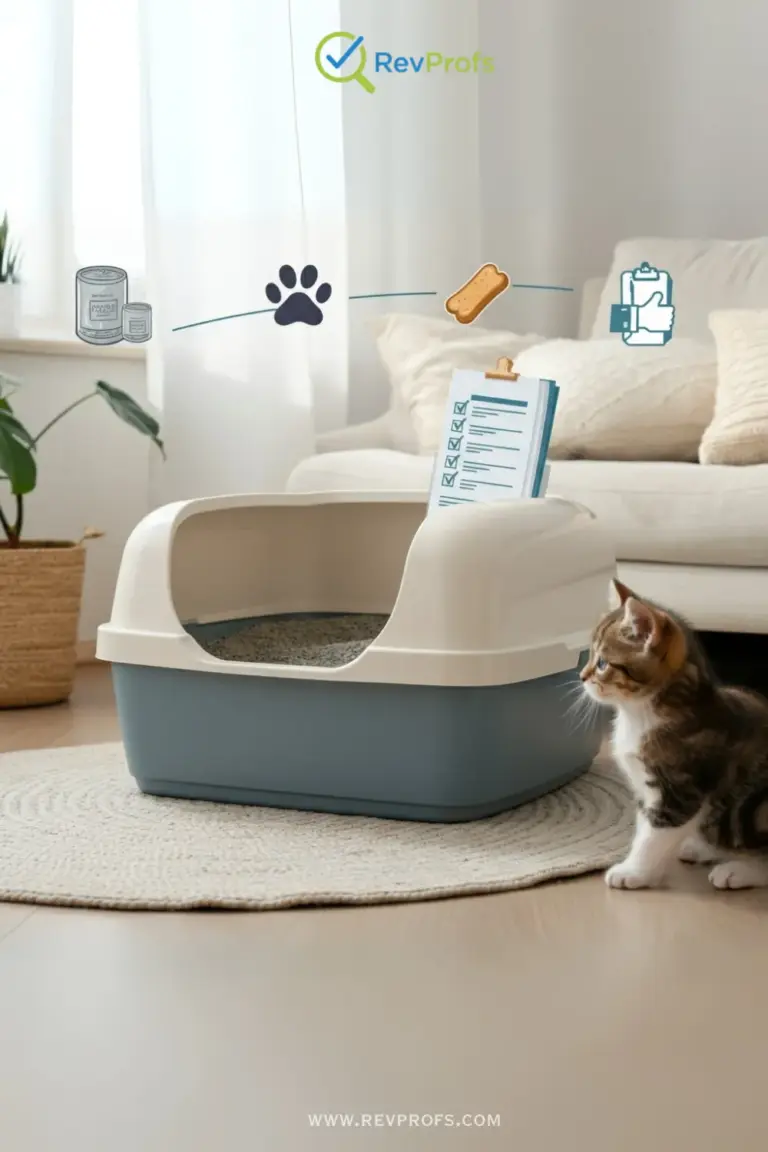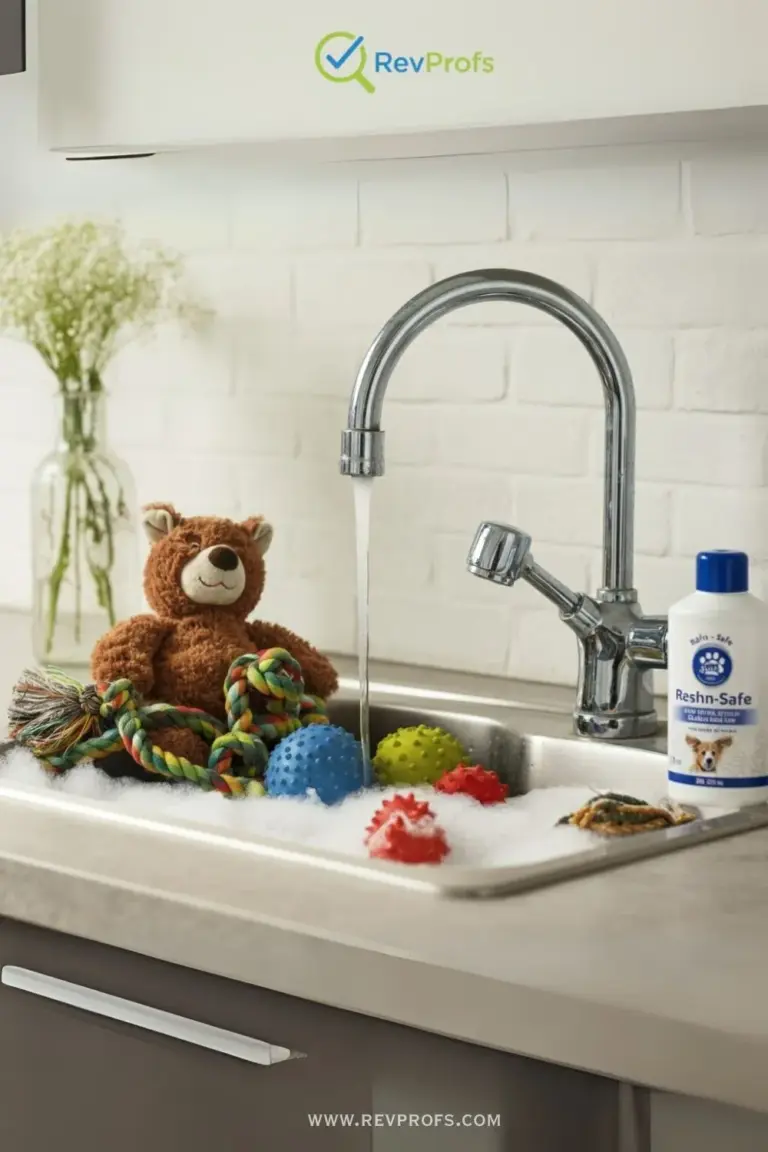Why Is My Cat Pooping Outside the Litter Box? 7 Possible Reasons
Finding a surprise your cat left on the floor is one of the most frustrating experiences for any pet parent. It’s messy, it’s smelly, and it immediately makes you worry. The first question that pops into your head is probably, why is my cat pooping outside the litter box? It’s easy to think your cat is just being spiteful, but that’s rarely the case. This behavior, often called feline house-soiling, is almost always a sign that something is wrong. Your cat is trying to communicate with you in the only way they know how. Don’t worry, you’re not alone in this, and we’re here to help you figure it out. Understanding the potential causes is the first step toward solving the problem and getting your household back to normal.
First Step: Rule Out Medical Issues
Before you start rearranging furniture or trying different litters, your very first stop should be the veterinarian’s office. It’s crucial to rule out any underlying health problems. A sudden change in litter box habits is a common symptom of various medical conditions, and you can’t address a behavioral issue if the root cause is physical pain or illness.
Some of the most common medical reasons for a cat not using the litter box include:
- Constipation or Painful Defecation: If it hurts your cat to poop, they may start to associate that pain with the litter box itself. Conditions like impacted anal glands, arthritis making it painful to squat, or hard stools can all lead to this negative association.
- Arthritis: This is especially common in older cats. The high walls of a litter box can be difficult for a cat with stiff, painful joints to climb over. They might opt for a more accessible spot on the floor instead.
- Inflammatory Bowel Disease (IBD): This condition can cause cramping, urgency, and discomfort, meaning your cat might not make it to the box in time.
- Kidney Disease or Diabetes: While these are more often linked to increased urination (and can be a reason for issues like how to stop cat from peeing everywhere), the overall feeling of being unwell can lead to changes in all litter box habits.
- Cognitive Dysfunction: In senior cats, confusion and disorientation can cause them to forget where their litter box is or what it’s for.
Your vet can perform a physical exam and run tests to check for these and other problems. Getting a clean bill of health allows you to confidently move on to exploring behavioral and environmental causes.
Why Is My Cat Pooping Outside the Litter Box?
If your vet has confirmed your cat is healthy, it’s time to play detective and look at the behavioral reasons behind your cat litter box problems. This often comes down to one of two things: a problem with the litter box setup itself (known as litter box aversion) or stress and anxiety in your cat’s environment.
1. You Don’t Have Enough Litter Boxes
The golden rule of litter boxes is simple: you should have one box per cat, plus one extra. This means if you have one cat, you need two boxes. If you have three cats, you need four boxes. This rule is a lifesaver in multi-cat households. It prevents “resource guarding,” where one cat might bully another away from the box. Even in a single-cat home, having an extra box gives your cat options, which makes them feel more secure. If a box isn’t perfectly clean or is in a location they don’t like at that moment, they have another choice.
2. The Litter Box is in the Wrong Location
Location, location, location! Where you place the litter box is just as important as how many you have. Cats want privacy and safety when they do their business.
Common location mistakes include:
- High-Traffic Areas: Placing a box in a busy hallway, next to the washing machine, or where kids and dogs are constantly running past can make a cat feel too exposed and vulnerable.
- Next to Food and Water: Cats are instinctually wired not to eliminate near where they eat or drink. Make sure their food and water bowls are in a completely separate area from their litter boxes.
- Hard-to-Reach Places: Don’t hide the box in a dark basement, a cramped closet, or on a different floor from where your cat spends most of its time. It needs to be easily accessible.
Try moving the box to a quiet corner of a room where your cat can see who is coming and going but won’t be startled.
3. The Box Itself is the Problem
The physical litter box might be the source of the issue. Consider these factors:
- Size: Is the box big enough? A cat should be able to comfortably turn around inside it. Many standard litter boxes are actually too small, especially for larger breeds. A good rule of thumb is that the box should be at least 1.5 times the length of your cat.
- Covered vs. Uncovered: Many humans prefer covered boxes because they trap odors, but many cats hate them. A cover can make a cat feel trapped, concentrate smells, and make it hard for them to see potential threats. Try removing the lid and see if that helps.
- High Sides: If you have a senior cat, a kitten, or a cat with mobility issues like arthritis, a box with high walls might be too difficult for them to get into. Look for a box with a low entry point.
4. They Don’t Like the Litter
Cats can be incredibly particular about what they like to feel under their paws. This is one of the most common cat behavior issues related to house-soiling.
- Scented vs. Unscented: That “fresh meadow” scent might appeal to you, but it can be overwhelming for a cat’s sensitive nose. Most cats strongly prefer unscented litter.
- Texture: Some cats dislike the feeling of large crystals or pellets. A soft, sandy, or clumping clay litter is often the most widely accepted texture.
- Litter Depth: Too much or too little litter can be a problem. Aim for about two to three inches of litter.
If you suspect the litter is the issue, try offering a “litter cafeteria.” Place a few boxes side-by-side, each with a different type of litter, and see which one your cat uses most often.

5. The Litter Box Isn’t Clean Enough
This is a big one. Cats are exceptionally clean animals. If their litter box is dirty, they will find somewhere else to go. Think of it like a human using a public restroom—if it’s filthy, you’re not going to use it. You should be scooping the box at least once a day (twice is even better) and completely changing out the litter and washing the box with mild soap and water every few weeks. A dirty box is a major reason for cat pooping outside litter box issues.
6. Stress and Anxiety
Cats are creatures of habit and can be very sensitive to changes in their environment. Stress is a major trigger for all kinds of behavioral problems, including house-soiling.
Common stressors for cats include:
- A new baby or person in the home.
- A new pet (especially another cat).
- Moving to a new house.
- Construction or loud noises.
- Changes in your routine (like a new work schedule).
- Conflict with another cat in the home.
When a cat is stressed, they may poop in socially significant areas (like your bed or near the front door) as a way of marking their territory and trying to feel more secure.
7. A Traumatic Event
Finally, a single bad experience can be enough to create a lasting aversion. If your cat was ambushed by another pet while in the box, or if they were in the box when a loud noise scared them (like a smoke alarm), they may associate the box with that fear and refuse to use it again.
How to Solve the Problem
Once you have an idea of the cause, you can start taking steps to fix it.
- Clean Thoroughly: Use an enzymatic cleaner specifically designed to break down pet waste odors. Regular household cleaners won’t work and can even contain ammonia, which smells like urine to a cat and may encourage them to go in the same spot again.
- Make the Spot Unappealing: After cleaning, try placing things like double-sided sticky tape, aluminum foil, or an upside-down floor mat on the spot where they have been soiling. Cats dislike these textures. You can also place their food bowl or a favorite toy in that spot to help them change their association with it.
- Address the Cause: Based on your detective work, implement the necessary changes. Add more boxes, try a new type of litter, move the box to a better location, or switch to a larger, uncovered box.
- Reduce Stress: For anxious cats, use calming pheromone diffusers (like Feliway), create more vertical spaces (cat trees), and ensure they have plenty of playtime and positive interaction with you.
- Be Patient: It takes time to change a cat’s habits. Be consistent with your changes and never punish your cat for having an accident. This will only increase their stress and make the problem worse.
Remember, your cat isn’t doing this to get back at you. They are asking for help. By taking the time to understand their needs, you can provide a solution that makes you both happier.
Ready for the Next Step?
Your pet's journey doesn't end here. Explore our expert guides to ensure they get the best care at every stage.
Puppy & Dog Care
From choosing the right food to understanding their behavior, our dog care guides cover everything you need to know.
Explore Dog GuidesGear & Product Reviews
Find honest, in-depth reviews on the latest pet gear, from smart collars to durable toys, and make informed decisions.
See All Reviews


